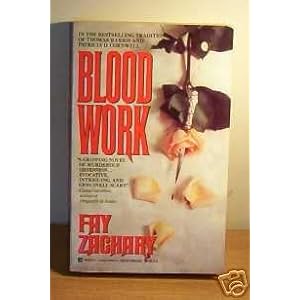

Note: All materials on this site are the copyrighted property of Alfred B. Bortz. Individuals may print single copies of reviews or columns for their own use. For permission to publish or print multiple copies of any of the materials on this site, please contact the author by e-mail.
 Shop for Blood Work at discount price and support the Science Shelf book review Archive
Shop for Blood Work at discount price and support the Science Shelf book review Archive Blood Work.
Blood Work.